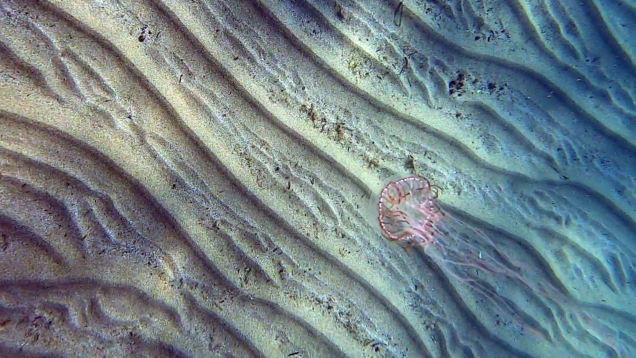Anemone cilindrico Cerianthus membranaceus
Cerianthus membranaceus, the cylinder anemone or coloured tube anemone, is aspecies of large, tube-dwelling anemone in the family Cerenthidae. It is native to the Mediterranean Sea and adjoining parts of the northeastern Atlantic Ocean.












